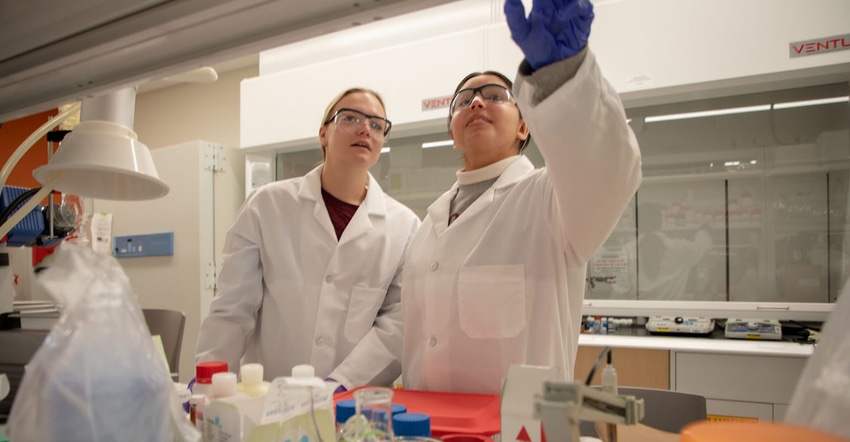Virginia Tech Researchers Receive Grant to Develop Biodegradable Materials
Initially, the researchers will explore replacing current single-use medical and dental film packaging with a sugar-based material.
April 6, 2023

The ubiquity of plastics in healthcare — particularly during the COVID-19 pandemic — is front of mind for Virginia Tech researchers, who have won a $75,000 grant to explore biodegradable replacement materials, including a sugar-based film for packaging.
Joining engineers from the university’s materials science and chemical engineering departments as partners are NatureORAL Co. of Charlottesville and collaborators from Virginia Commonwealth University’s School of Dentistry. Funding of the project to reduce medical waste worldwide was provided by the Virginia Commonwealth Commercialization Fund.
About a quarter of medical waste is plastic
Up to 14,000 tons of waste are generated daily at US healthcare facilities — about 20% to 25% of that being plastic, according to the AMA Journal of Ethics. US hospital patients account for about 33.8 pounds of waste each day, the report noted, amounting to about 6 million tons of waste annually.
“Solving this problem requires us to think about the entire waste cycle from beginning to end,” said project leader Abby Whittington, a professor jointly appointed in both departments. “The team’s starting point is creating and testing new materials that can be used for food wrappers and packaging for medical supplies.”
Key to the problem of medical waste, she explained, is that while medical plastics can be made of recycled materials, items like syringes, catheters, and gloves often can’t be reused at end-of-life. They are either sterilized to be put in a landfill, or simply burned.
Globally, the pandemic increased pollution worldwide with the explosion in protective equipment and biomedical waste, according to a World Health Organization report.
Determining degradation times
Initially, the project will target single-use medical and dental film packaging, which typically doesn’t end up as hazardous waste. The grant will help the team develop a formulation and prototype and determine degradation times. Knowledge gained from developing such films will be applied to creating replacements for materials in higher-risk medical devices.
“Our first step is to develop a sugar-based film [to] displace some single-use plastics that are traditionally petroleum-based and either don’t degrade or break down very slowly,” Whittington said. “Using biomaterials will allow the waste to degrade more quickly in a variety of environments.”
The interdisciplinary nature of the project is essential to realizing three goals:
Defining, developing, and testing these new materials;
generating patents;
licensing and manufacturing products.
“From the materials science and engineering perspective, we’re looking at how we’re changing the formulation and processing of new materials and measuring how well they function for purpose and how fast they break down in various situations,” Whittington explained. “From the chemical engineering side, we’re asking: How do we scale this up? What are the impacts of the changes in the viscosity of the material? How is that influencing our process?”
Managing plastic waste in medical applications has been gaining traction within industry, as well. Other recent initiatives include medical device OEM BD's pilot program to recover and recycle syringes discarded by healthcare facilities and the increased marketing of renewables-based medical packaging by suppliers.
About the Author(s)
You May Also Like


